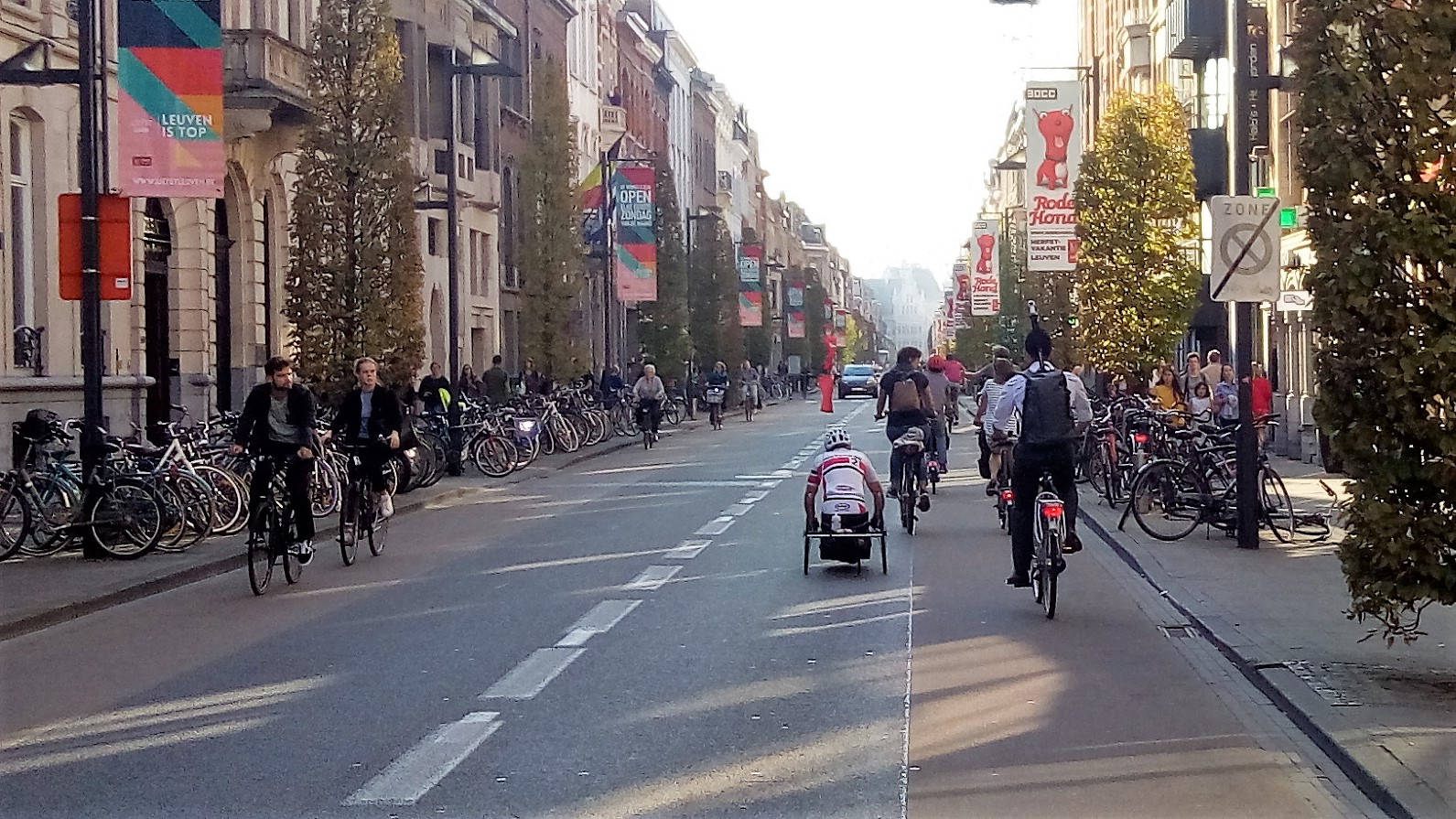
32% more Cycling in one Year after Eliminating through Car Traffic from the Centre of Leuven
The traffic circulation plan introduced in Leuven in 2016 increased cycling volumes by 32% in one year thanks to eliminating through car traffic from the city centre. But it is not enough to build a ring road for a city, it is also necessary to change the traffic organisation inside of it.
New circulation plan
Leuven has 100 thousand inhabitants and is the capital of the province of Flemish Brabant in Belgium. It is also home of the largest and oldest university in all the Low Countries, with more than 50 thousand students. In 2016 a new circulation plan was introduced in Leuven to eliminate through car traffic inside the city’s ring road.
The centre of the city, with area of around 4 km2 was divided into 5 sectors, and a car-free pedestrian zone. The new traffic organisation made it impossible to drive a car between the sectors. You can access all the sectors from the ring road, but if you want to drive e.g. from yellow sector to the neighbouring blue or orange sector, you need to go back to the ring road. This means that the centre is still accessible with car for its inhabitants, visitors, deliveries or emergencies, but the through traffic was eliminated. Bicycles and public transport (buses) retained full freedom of movement across the centre.
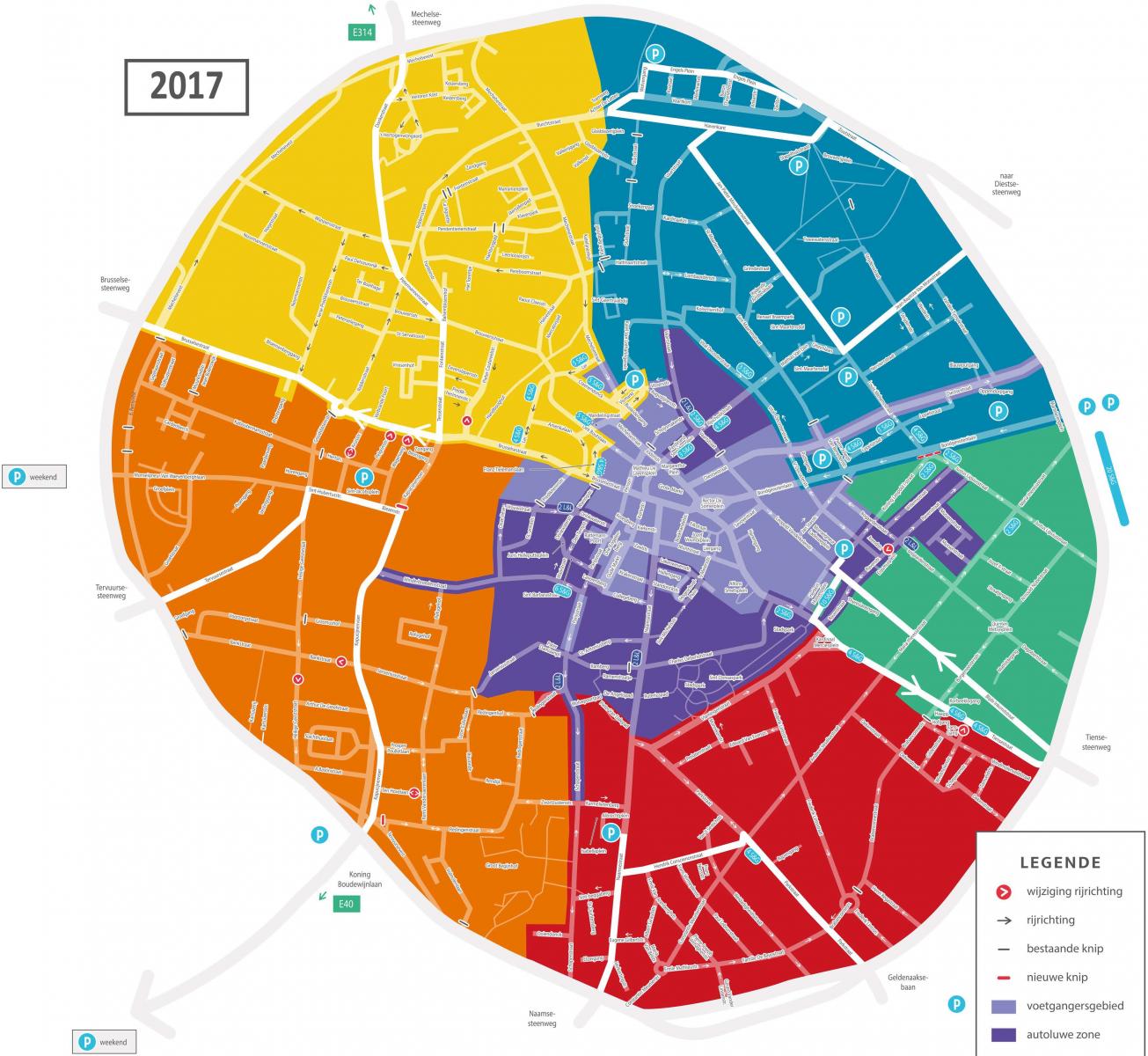
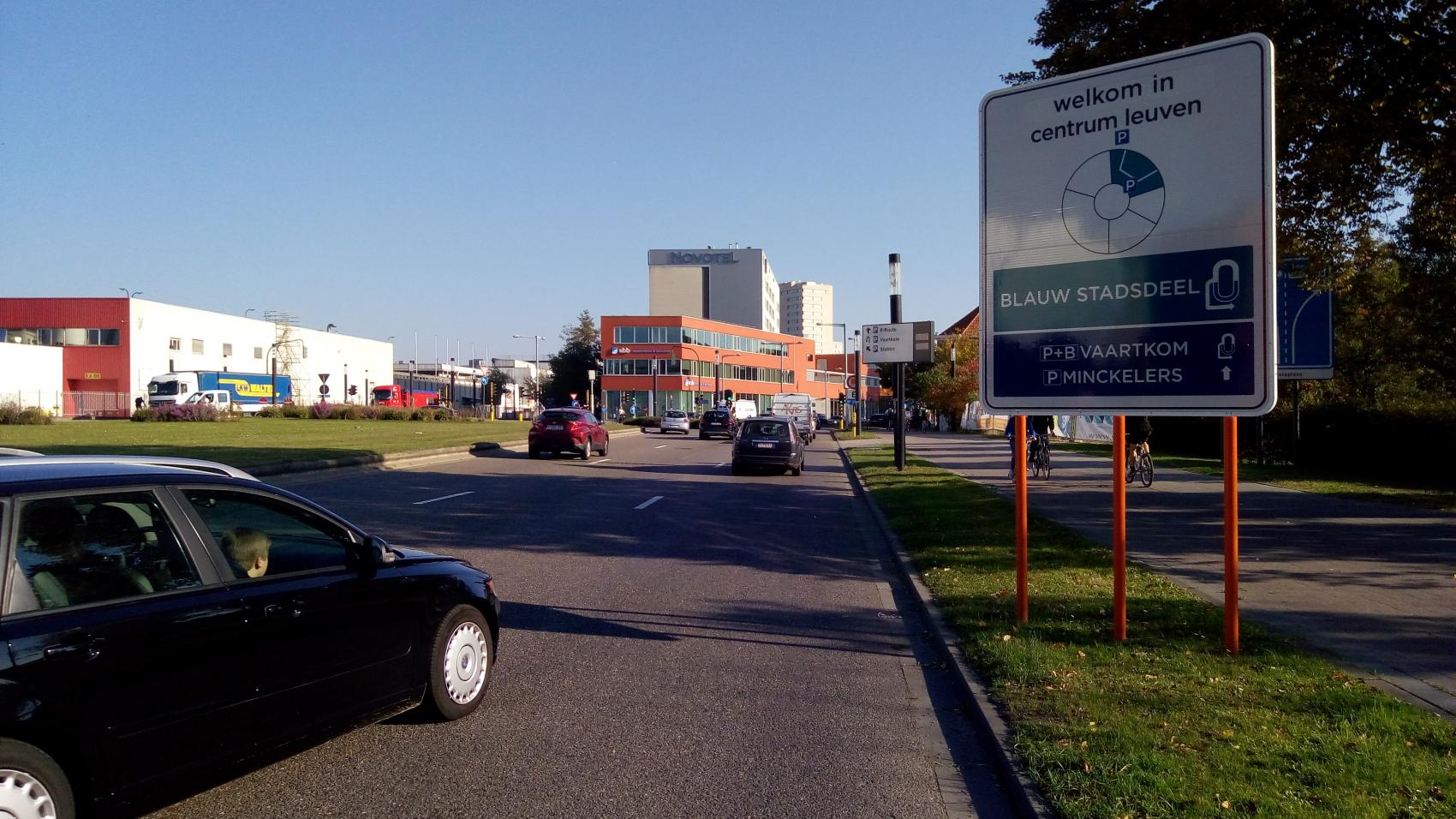
Filtering car traffic out of the city centre
The possibility of driving a car directly between sectors was removed by:
- Closing short sections of street to motorised traffic entirely;
- Introducing one-way flow for car traffic on selected sections of streets (often alternating direction between crossings), with contraflow traffic permitted for cyclists and sometimes also busses.
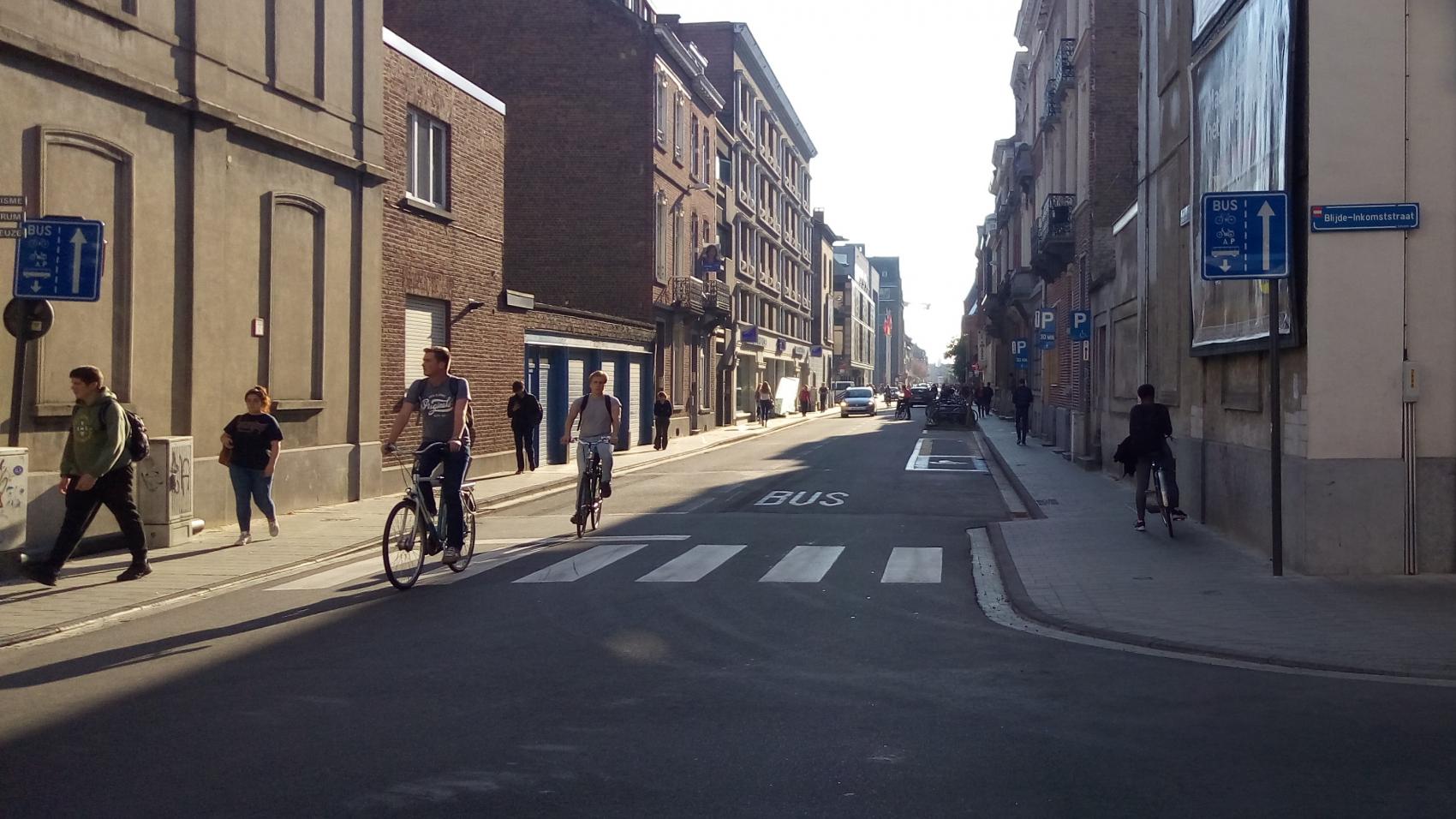
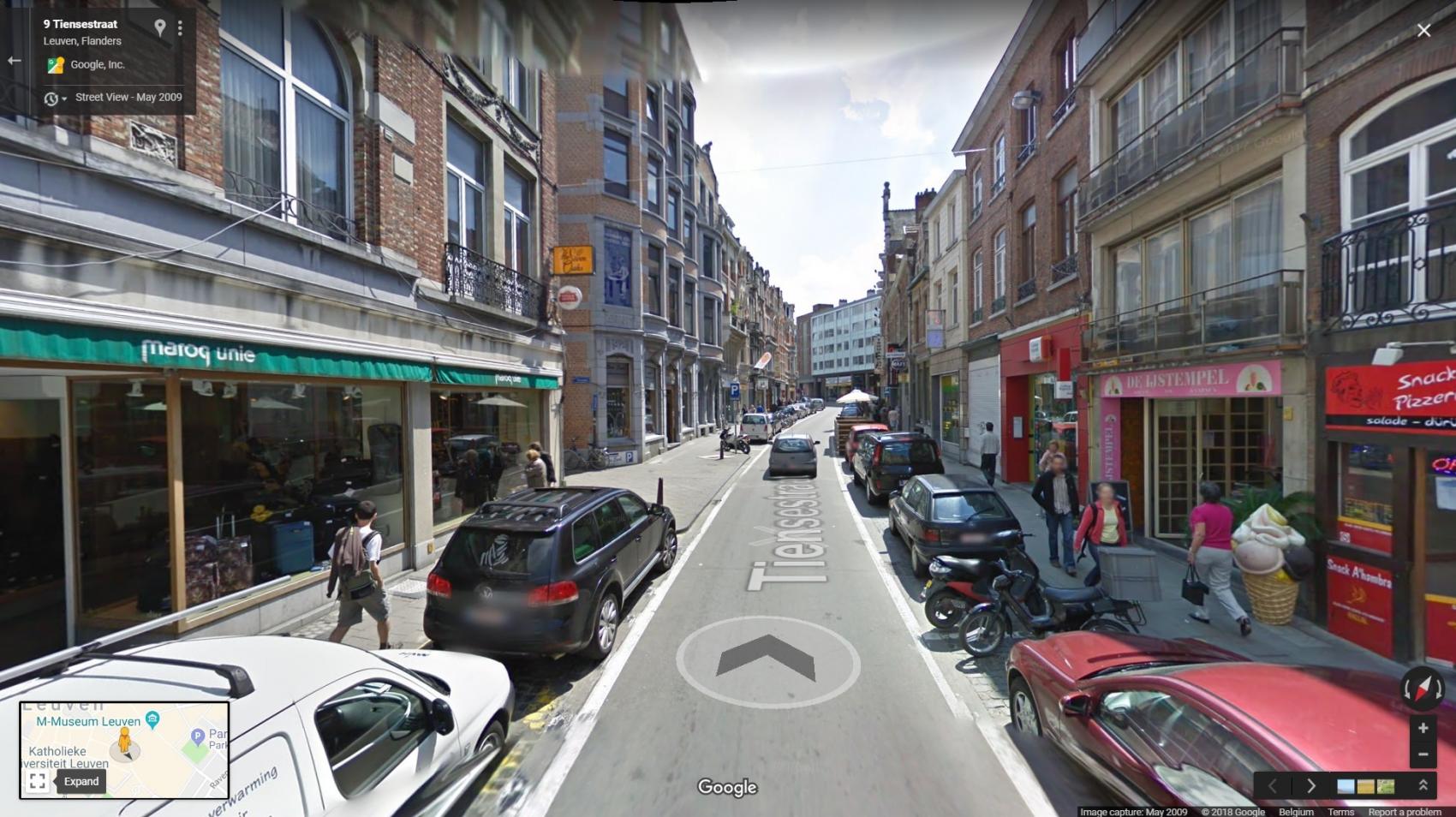
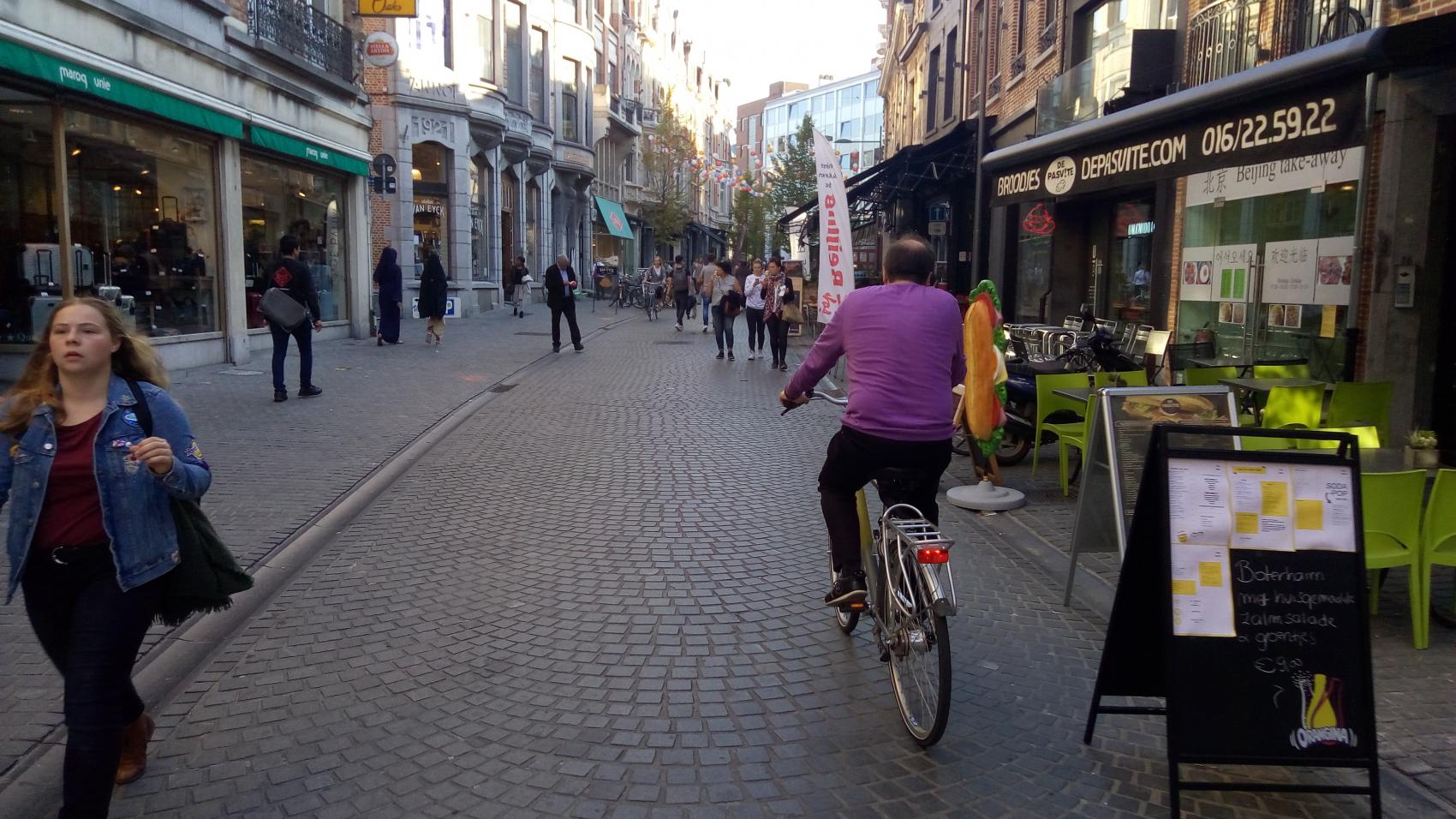
32% more bicycle traffic
After one year the effects of circulation plan were evaluated. On an average working day:
- Bicycle traffic in the city centre increased by 32%;
- Bicycle traffic on the ring road increased by 26%;
- Car traffic in the city centre decreased by 8%;
- Car traffic on the ring road increased by 9%;
- Share of bicycles in the traffic in the city centre increased from 33% to 41%;
- Share of bicycles in the traffic on the ring road increased from 7% to 9%;
- Bus ridership increased by 12%;
- Air quality improved, in some places the concentration of black carbon felt as much as 2,5 times
From Groningen and Houten to Gent
The changes in Leuven are similar to the Van den Berg’s traffic circulation plan introduced in Groningen already in the 70s, that made it possible to achieve more than 60% share of cycling in modal split as well as the cleanest air among big Dutch cities; or Houten, build from scratch as a city with no through streets for cars. The example of Leuven was soon followed by another Belgian city – Ghent – in April 2017. All of those are city-wide applications of the principle of filtered permeability, the same as seen on smaller scale on Quietways in London, cycle highway Batavierenpad Zuid in Beuningen or C95 in Copenhagen.
The benefits of circulation plans show that in order to deal with through traffic in the centre, it is not enough to build a ring road around the city, it is also necessary to make it impossible to drive across the centre.
The article is a part of a series showcasing examples of cycle highways infrastructure in North-Western Europe. The circulation plan and its evaluation were presented during the Cycle Highway Academy in Leuven in October 2018 .
More about circulation plan in Leuven: https://www.leuven.be/circulatieplan
More information on how to plan and design Cycle Highways: https://cyclehighways.eu/
Regions:
News category:
Network/Project Involved:
Topics:
Contact the author
Recent news!
Upcoming events
Contact Us
Avenue des Arts, 7-8
Postal address: Rue de la Charité, 22
1210 Brussels, Belgium









